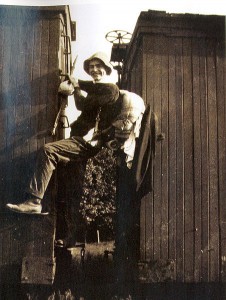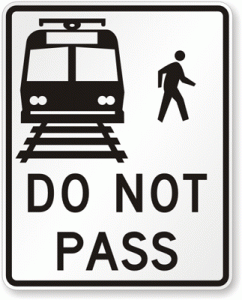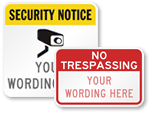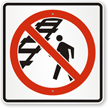Trespassing on train tracks: illegal, romantic, and dangerous

Ernest Hemingway is pictured hopping a freight train on his way to Walloon Lake in 1916. Image from Wikimedia Commons.
A few years back, the winning entry (by Alan Cheuse) of NPR’s 3-minute fiction competition started like this:
“In Tucson, we found the train-hopping kids, and went with them to New York City. I was 15 and had never been out of Arizona. That summer, I’d learned to eat from Dumpsters, carry a knife in my pocket and sleep with my backpack chained to my waist. My girlfriend Sarah was scared to try, but when she saw I’d go without her, she came. New Mexico and Texas floated past, framed in the open rail car door. We slept under a Baton Rouge bridge, partied in New Orleans, changed trains in Atlanta. Sarah was liking this now.”

The Boxcar Children embody the fantasy of railroad trespassing, rendering it as innocently adventurous (via Goodreads).
Exploring railroads and hopping trains has long had a gritty and romantic luster; trespassing on train tracks embodies adventure. Infamous Depression-era photos depicting train-trespassers hitching rides in search of jobs suggest entrepreneurial doggedness. Even children feel the tug of the railroad’s appeal through stories like The Boxcar Children, a series of books in which a family of orphaned children intrepidly starts an independent life in an abandoned rail car.
Railroad lore suits anyone thumbing their nose at authority, since it’s an inherently rebellious act: any venture down railroad tracks violates railroad rights-of-way. Trespassing on railroad property (for example, walking alongside the tracks) is a modern day misdemeanor. Despite the positive cultural associations with train tracks, their danger is far from fictional. According to the Columbia County News-Times:
“…Flights of fancy give way to the reality that 442 pedestrians were killed on train property last year alone. With those kinds of numbers, rail companies aren’t going to be lenient with train-hoppers. In our hyper-litigious society, surely no one rationally believes the railroads should simply look the other way as people sneak aboard freight trains for a free ride – one that might leave the stowaway dead or locked inside a car for days on end.”
On March 16th 2013, railroad police discovered, arrested, and prosecuted six train-hoppers in Georgia. The newspaper reports that the trespassers will be held in jail with $1,100 bonds until April 23rd. With the number of fatalities caused by railroad trespassing (undoubtedly fueled by romanticized characterizations of wandering around trains), it makes sense that railroad and local authorities would want to punish violators severely. But questions remain. Do railroads do enough to inform and ward off potential trespassers? “This conversation has been going on as long as there has been railroads,” remarks commentor J. Ferris in a Train Orders forum.
While some tragedies do involve individuals who are under the influence of alcohol or drugs, many train-track deaths are also caused simply because the tracks are used recreationally or as a popular shortcut by a community. Lack of preventative measures, like fences, signs, and railroad police, are often an issue. Sometimes, communities must take matters into their own hands. In one instance, a 15-year-old girl in Villa Park, Illinois (who had lost two friends to the railroad tracks) raised money through local events like a car wash and a concert to erect a fence. Part of the problem stems from the fact that railroad operators are not federally required to take much preventative action.

Hundreds of trespassers are killed each year by trains, some of whom are not aware of the danger. Image from RoadTrafficSigns.com
The St. Louis Post-Dispatch has a tremendous article on the topic, detailing this 15-year-old’s struggle to protect her community from the trains. Stories like this highlight the bottom line: local authorities and communities really cannot do enough to protect pedestrians from the railroad.
Category: Trespassing
















